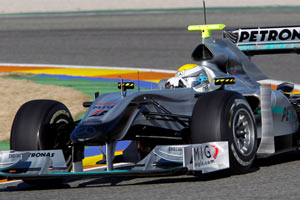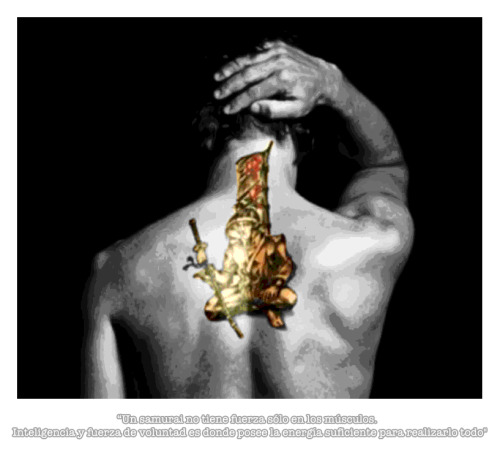@JET
Hi JET, looks like the Merc boys had another tough day in the office.
I think F-Duct has become a bit of an misnomer in this context.
F-Duct is the McL System, and is used to run more rear wing (DF) but be able to "switch it off" on the straights.
IMHO the Merc wing, is just there to be able to run more DF. I don´t think, that this is an driver activated system. I could be wrong, but I´m struggleing to see how, they would link this wing to the cockpit etc.
For a wing to produce downforce you need to keep the flow attached on the low pressure side. ( for an F1 car this is under/behind the wing)
High pressure above/on top of the wing - low pressure below = a pressure difference x the area of the wing gives you the amount of downforce the wing can produce. (F=PxA)
There comes a point at high Angles of Attack (AoA), where the flow on the low pressure side seperates from the wing surface, creating a turbulence = destroying the low pressure and therefore the pressure difference (downforce). The wing stalls.
This happens because the flow slows down while travelling along the wing surface(boundary layer)
To keep the flow attached to the wing surface, you will need to reenergieze the flow at one point. Speeding it up again
One way to do this is to use a slot to bleed air (with higher velocity)from the high pressure side of the wing. With this you create a multi-element wing (2/3 or 4 elements). As more elements you have as more AoA you can run.
Now, under current F1 regs, you can only have one slot. Therefore you have your mainplane and one flap. This give you a max. AoA for this wing and therefore limiting your max DF. If you could find a way to run another slot (equal to another element) you
can run more AoA = more DF.
The teams use the area 150 mm aound the centre of the mainplane (free in the regs) to collect air, and blow it out of an rear slot, creating defacto a three element wing again.
AFAIK BMW/Sauber was one of the first teams to use this concept in 2009 to create more rear DF.
A wing at higher AoA will create more DF but also more drag. So the McL F-Duct is aimed to switch the effect off on the straights, stall the wing and don´t carry the drag component on the straights.
As Hungary and Monaco do not have such long straights, it is maybe not worth/ no big benefit to be able to switch it of.
Sorry it is a bit of an long versed explaination, I hope it still makes some sense.
O.K. this is an airplane wing. The concept is the same, but you have to turn the picture upside down if you see it in relation to an F1/race car.






